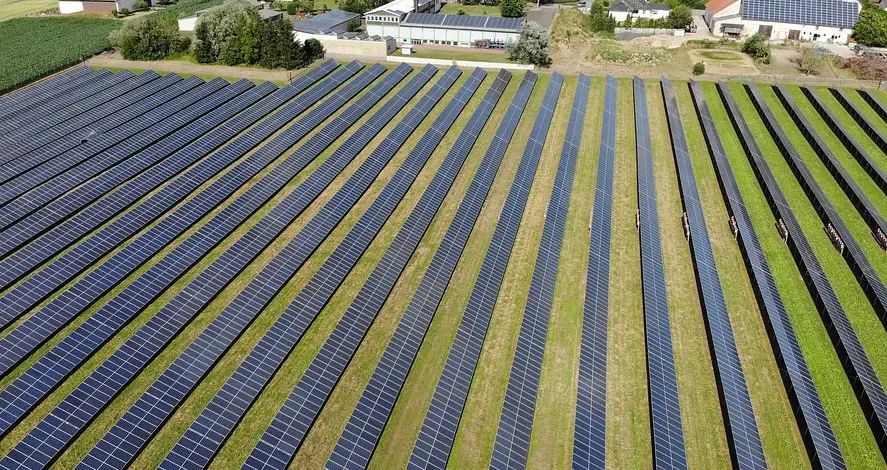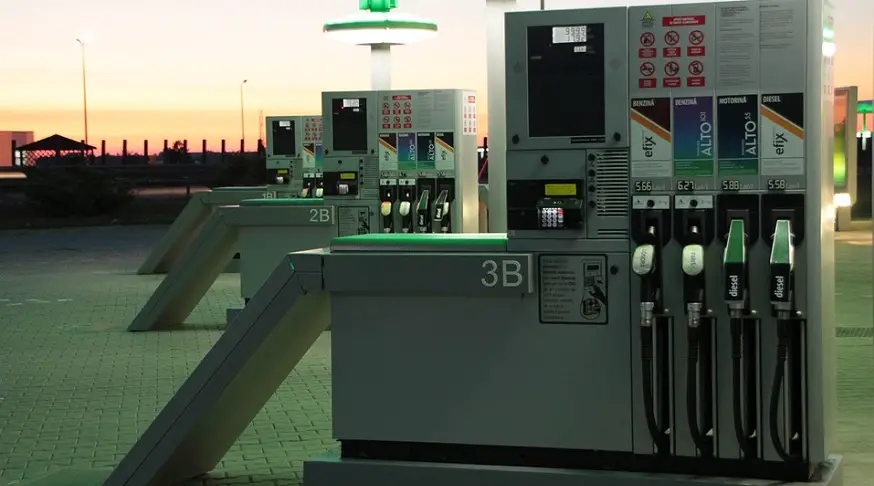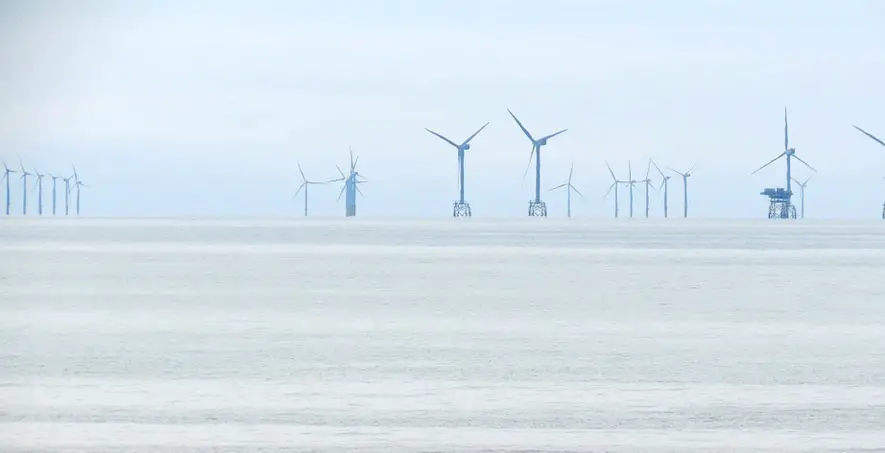
New University study says agrivoltaics has huge potential to provide reliable energy
August 13, 2019Solar energy and conventional agriculture can work together to meet global electric power demand.
According to a recent Oregon State University (OSU) study, agrivoltaics – the concept of co-developing the same area of land to support both conventional agriculture and solar photovoltaic (PV) power – would be sufficient to fulfill worldwide electric energy demand, even if less than 1% of agricultural land was converted to solar panels.
Solar panels and farmland could complement one another.
The results of the study, which was published in the journal Scientific Reports, indicate that there is massive potential for solar and agriculture to work with one another to deliver reliable energy, according to associate professor in OSU’s College of Agricultural Sciences and corresponding study author, Chad Higgins.
“There’s an old adage that agriculture can overproduce anything. That’s what we found in electricity, too. It turns out that 8,000 years ago, farmers found the best places to harvest solar energy on Earth,” Higgins said, reports Smart Energy International.
Higgins previous published research, which he carried out with Elnaz Hassanpour Adeh – a recent Ph.D. graduate from OSU’s water resources engineering program and co-author on the recent agrivoltaics study – revealed that solar panels increase agricultural production on dry, unirrigated farmland. These results show that locating solar panels on pasture or agriculture fields could boost crop yields.
Agrivoltaics may prove more efficient that solar arrays in deserts
According to Higgins, “Solar panels are finicky. Their efficiency drops the hotter the panels get. That barren [desert] land is hotter. Their productivity is less than what it could be per acre.”
For their study, the OSU researchers analyzed Tesla’s collected power production data. Tesla has installed five large grid-tied, ground-mounted solar electric arrays on agricultural lands owned by Oregon State.
Every 15 minutes, the research team observed the collected data at the 35th Street Solar Array installed in 2013 on the west side of OSU’s Corvallis campus. The team synchronized the Tesla data with the information collected by microclimate research stations the researchers had installed at the array. These microclimate stations recorded mean air temperature, wind speed, wind direction, relative humidity, soil moisture, and incoming solar energy.
Higgins said that what they found was when it was cool, dry and breezy outside, the efficiency was better. However, when it was hot, too clam and humid, the panels efficiency dropped.
“Solar panels are just like people and the weather, they are happier when it’s cool and breezy and dry,” Higgins said.
The researchers’ model was applied worldwide, spanning 17 classes of globally accepted land cover. This included classes such as mixed forests, croplands, savanna and urban. These classes were then ranked from best to worst in terms of where a solar PV panel would be most efficient. The best was croplands while snow/ice environments ranked the worst.
 From there, the model was re-evaluated to assess the potential of agrivoltaics to meet projected global electric energy demand determined by the World Bank.
From there, the model was re-evaluated to assess the potential of agrivoltaics to meet projected global electric energy demand determined by the World Bank.



 HFN News is your leading source for fresh hydrogen and renewable energy updates. Amid the fast-paced growth of hydrogen companies, we provide top-notch news and insights about this exciting sector. Our coverage spans from hydrogen cars to global sustainable initiatives, and we highlight the latest in green jobs and developing hydrogen hubs. We invite you to share your local hydrogen news and explore today’s renewable energy job listings on our site. Thanks for choosing HFN News as your trusted guide to the hydrogen and renewable energy world!
HFN News is your leading source for fresh hydrogen and renewable energy updates. Amid the fast-paced growth of hydrogen companies, we provide top-notch news and insights about this exciting sector. Our coverage spans from hydrogen cars to global sustainable initiatives, and we highlight the latest in green jobs and developing hydrogen hubs. We invite you to share your local hydrogen news and explore today’s renewable energy job listings on our site. Thanks for choosing HFN News as your trusted guide to the hydrogen and renewable energy world!